‘I will be an inclusive president for all of you,’ Catherine Connolly declared as she was announced the winner of Ireland’s presidential election – a landslide victory over Fine Gael’s Heather Humphreys.
The independent TD received 63 per cent of the vote (with spoiled ballots excluded) to become Ireland’s tenth president. The result was officially confirmed early yesterday evening, but Connolly’s victory was clear from the moment counting began. ‘Catherine will be my president,’ Humphreys conceded, having received just over 29 per cent of the vote.
Connolly defeated Humphreys in Ireland’s first head-to-head presidential race since 1973. Jim Gavin had entered the race but withdrew after revelations of a decades-old rent dispute with a former tenant – later revealed to be the now-deputy editor of the Sunday World. His name remained on the ballot. He received 7 per cent of the vote. Under Ireland’s single transferrable vote system, Gavin’s candidacy had been expected to boost Humphreys, as both represented parties from the government. Once he withdrew, the two-way race favoured Connolly – a more confident and natural debater – who led comfortably in every poll.
Over the summer, several famous names floated unrealistic presidential bids – including Bob Geldof, Michael Flatley and Connor McGregor. As one former Irish leader told me, such elections tend to attract ‘vain men’. Bertie Ahern – a former taoiseach long thought to covet the presidency – reappeared on the interview circuit. Yet with the housing crisis biting, voters didn’t seem willing to forgive the role he played. (In a new song released in July, Irish popstar CMAT sang: ‘All the big boys, all the Berties, all the envelopes, yeah they hurt me’, in reference to the allegations of corruption which are now associated with the Celtic Tiger years.) Ahern ultimately withdrew when it was clear the Fianna Fail leadership wouldn’t support him.
Social conservative Maria Steen narrowly missed nomination after failing to secure sufficient backing in the final days. Some argue she would have been a stronger and more engaging candidate to take on Connolly, but claims that she was ‘undemocratically’ blocked do not hold up – she simply failed to meet the established thresholds and was hurt by her decision to enter the race so late.
Sinn Fein faced criticism for dithering. There was a drawn-out ‘will they, won’t they’ as they decided whether to field their own candidate or back Connolly. For a time, leader Mary Lou McDonald was expected to run. In mid-September, the party finally endorsed Connolly, creating a broadly united left coalition which held. Some polling suggests, however, that only half of Connolly supporters would back a similar alliance during a general election (the next is four years away). A first test of the durability of Connolly’s support could come in the by-election that will be held in six months’ time for her parliamentary seat.
Voters were clearly dissatisfied with their options
The governing parties now face a period of reflection. They had ample time to prepare for this election, but were humiliated. If Fine Gael is disappointed that Humphreys didn’t perform well, Fianna Fail will be embarrassed that they couldn’t even field a candidate who could make it to the end of the campaign. The selection of Gavin will weigh most heavily on Taoiseach Micheal Martin. While there won’t be a move against him for now, this is surely the beginning of the end of his leadership of Fianna Fail.
Voters were clearly dissatisfied with their options. While turnout exceeded that of the 2018 election, the number of spoiled ballots was close to 13 per cent of all votes cast. This appears to be a right-wing protest rather than a left-wing one, from voters who wanted a candidate more socially conservative and anti-immigration. As I wrote earlier this week, the campaign became a contest between the anti-government outsider and the establishment insider. With a system of single transferrable vote, multiple candidates usually foster consensus around a moderate choice. This cannot happen when there are only two candidates.
In many ways, the election became a referendum on Ireland’s direction and its role in the world. Presidential campaigns rarely dwell on day-to-day policy. Many voters will say they only heard one vision of Ireland’s future. You might disagree with Connolly’s views – but at least she articulated them. Humphreys, by contrast, never seemed sure which direction she wanted the country to take.
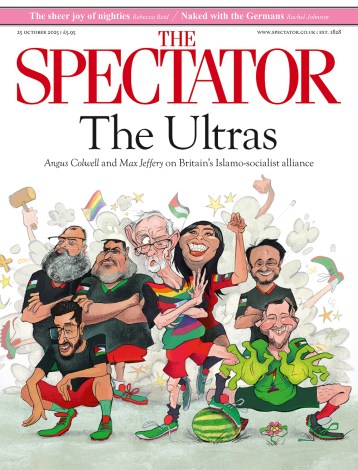
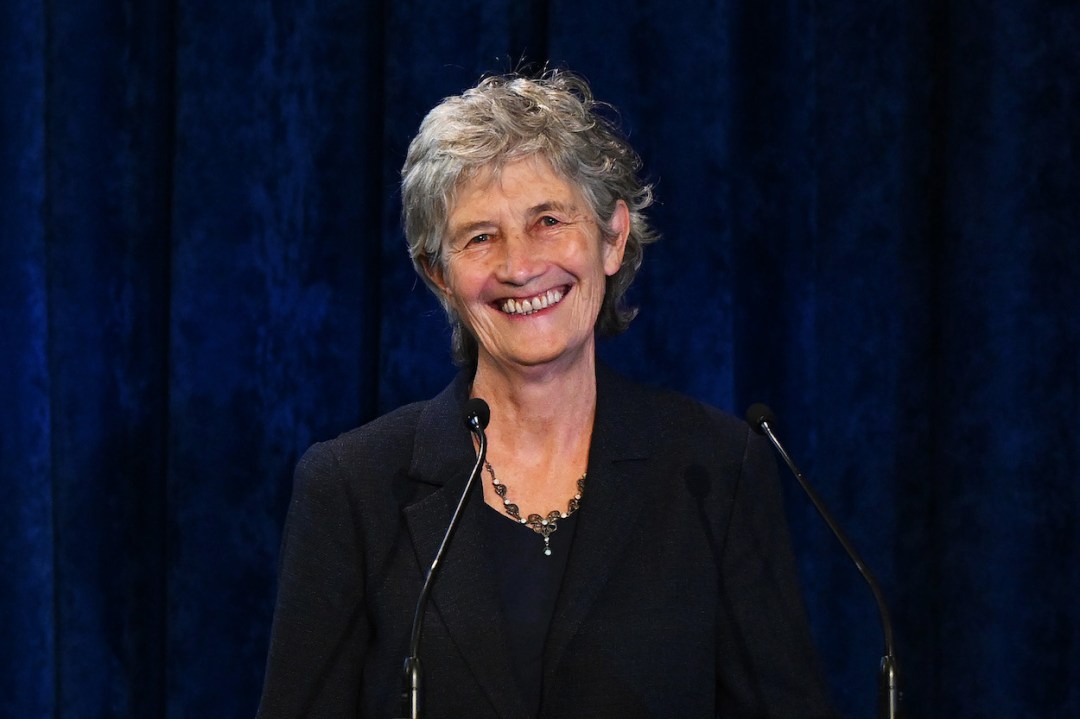
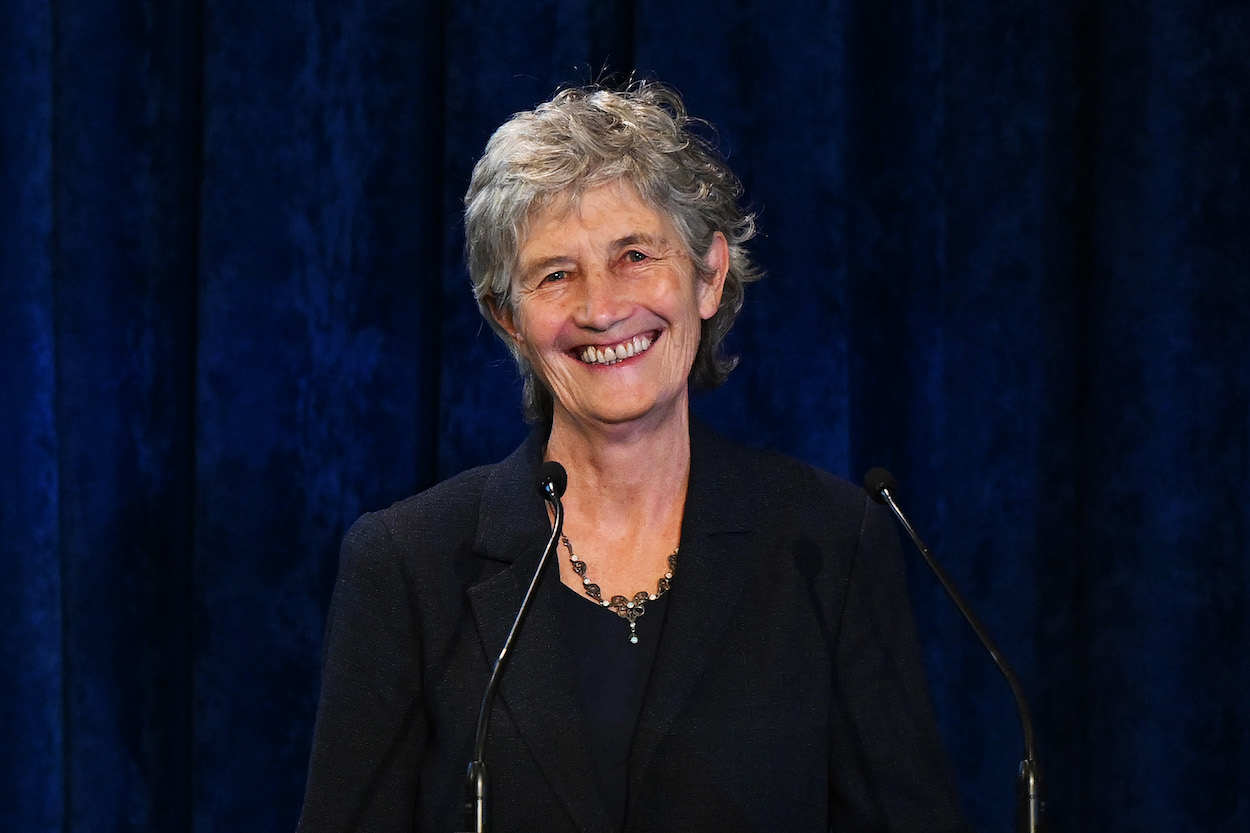
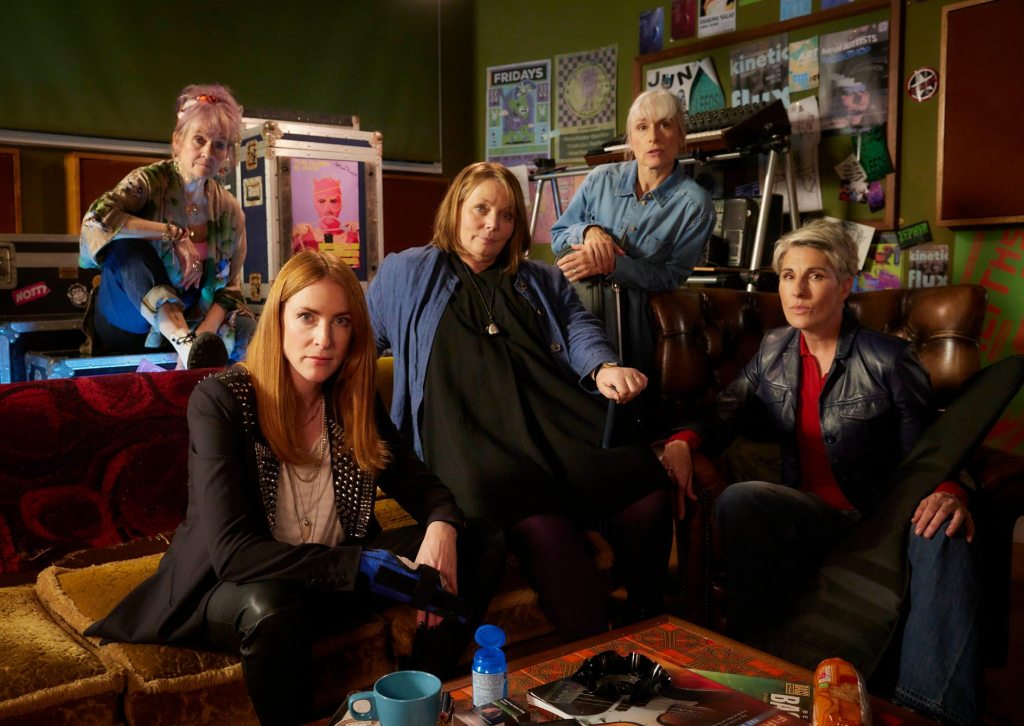



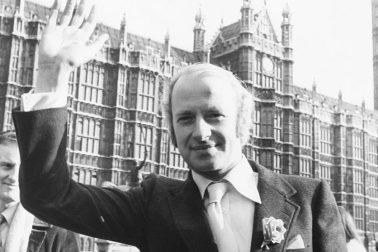
Comments